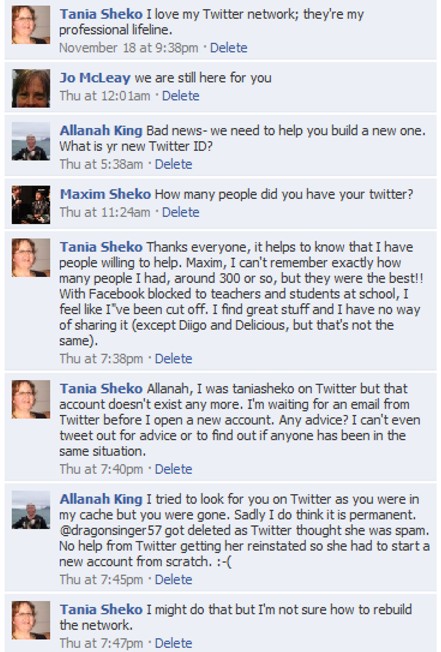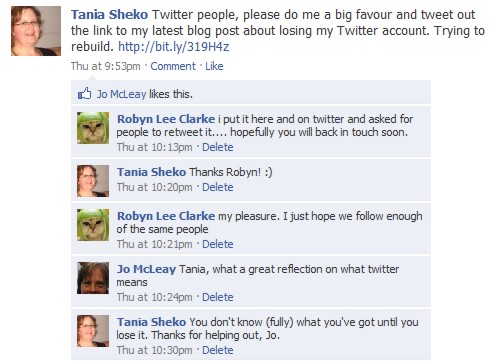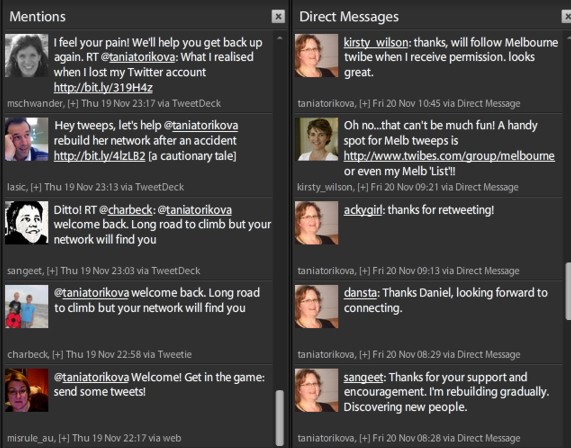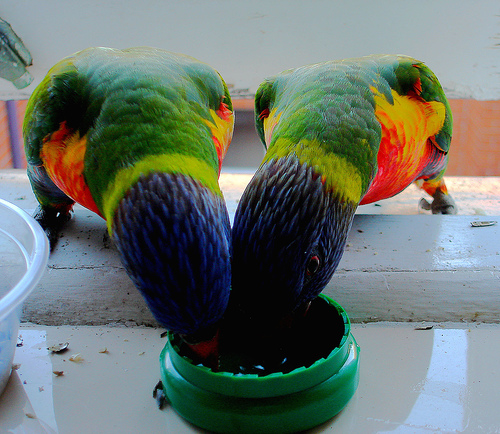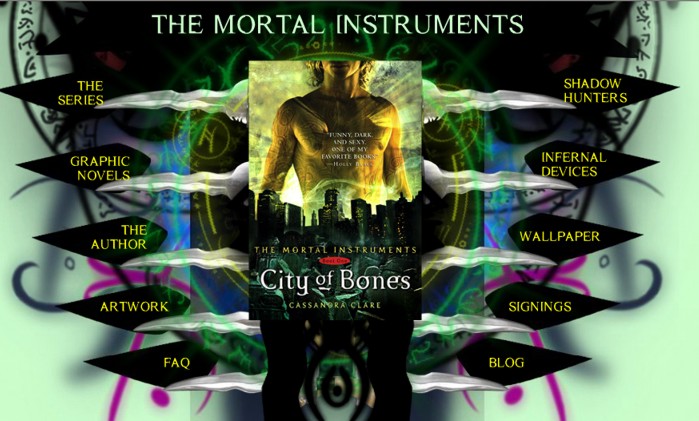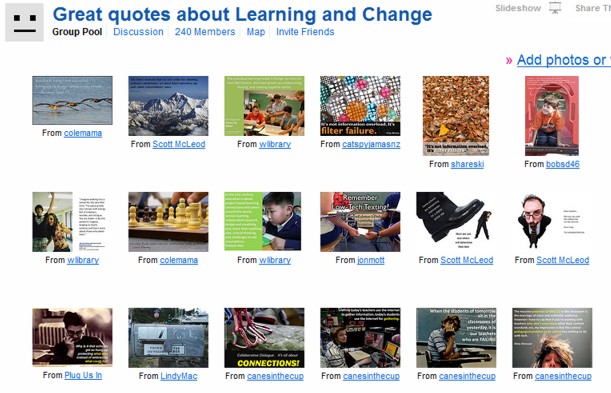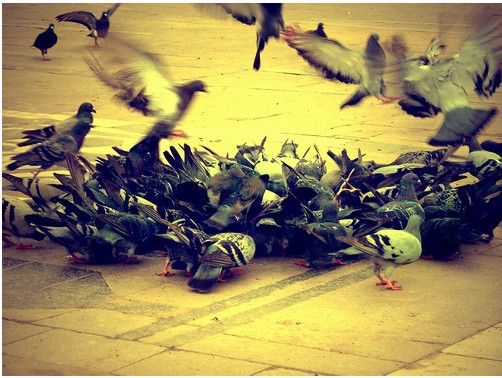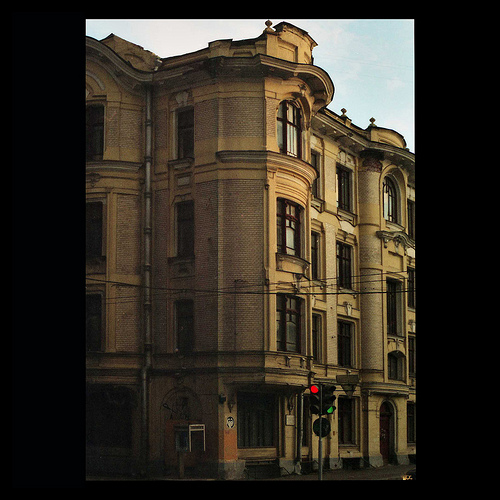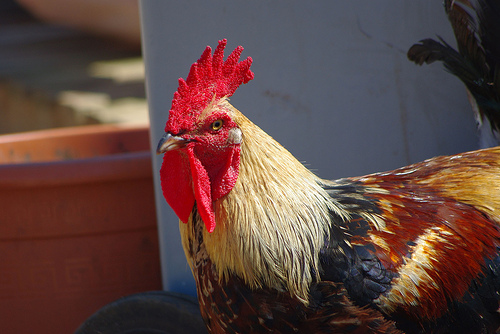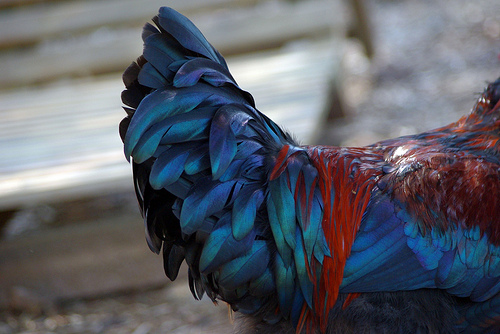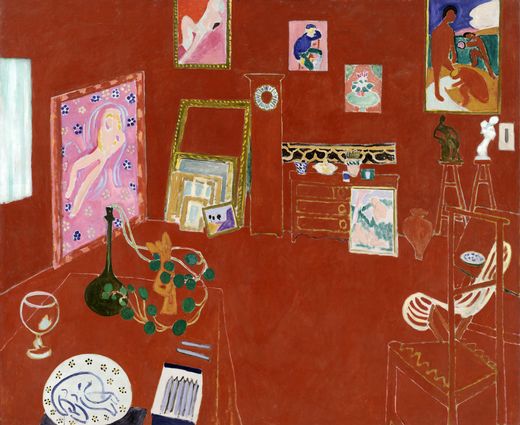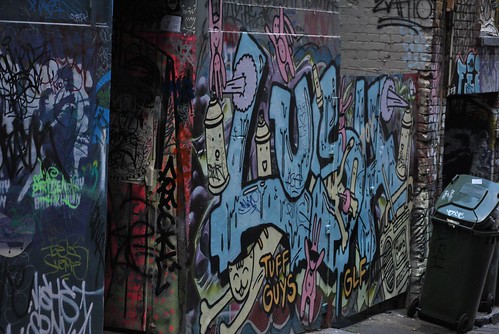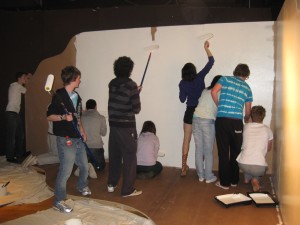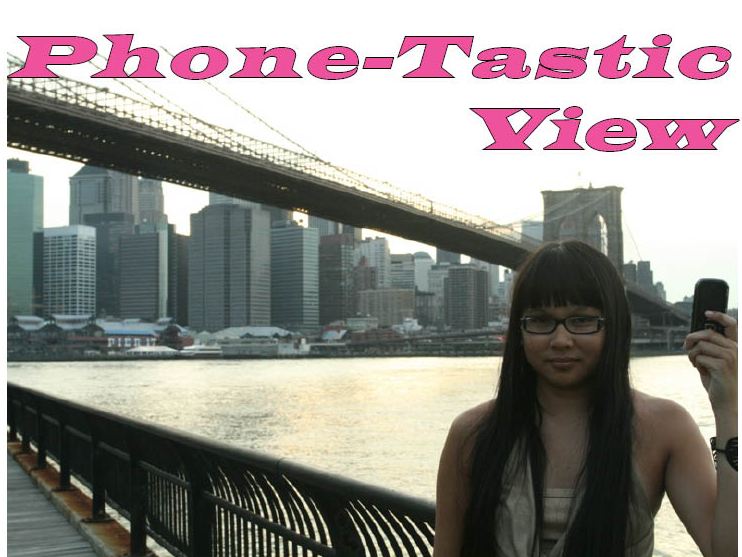
Photo of An Xiao
I was reading an article in the New York Times, Where art meets social networking sites, and came across Debbie Hesse who is an installation artist and the director of artistic services and programs for the Arts Council of Greater New Haven. According to the article, Debbie said she was a lot like others in the late boomer generation,
“trying to learn how to not be left in the dust with the new technology.” But she may be ahead of the pack in employing social networking as the theme for an art show.
Social networking a theme for art?
I figure it’s not entirely surprising. Why shouldn’t artists create something from the ubiquitous social networking phenomenon? Where there’s something happening, it’s natural for someone to analyse it or create something from it?
Debbie organised an exhibition named after Facebook’s communication format, Status Update. More than 50 works of art by a dozen artists were displayed.
But how can art come from social networking?
“Status Update” has turned out to be a somewhat unlikely intersection of digital concepts and conventional art.
Ms. Hesse curated the show almost entirely through Facebook, with the help of Donna Ruff, a Brooklyn artist. She found two categories there, she said: “Artists that are using it as a medium, performing in it, using it as poetry, using it as a canvas. And then artists that are commenting on it as a new form and creating new dialogues about what this means in our lives.”
Rachel Perry Welty is one of the artists who comments on the new way of communication. For her performance, Rachel used her iPhone to enter a status update every minute for 16 hours. That is, every sixty seconds Rachel answered the Facebook status question ‘What are you doing right now?’ (which has since been replaced by the question ‘What’s on your mind?’)
I hope artists and art lovers will not scream at me if I raise my eyebrows every so slightly in response to Rachel’s compulsive stream of status updates being called a ‘performance’. Or maybe I’m just annoyed that I didn’t think of the idea first. Or maybe I should reconsider my concept of art.
Rachel says that, after reading an article about social networking entitled Brave new world of digital intimacy by Clive Thompson, she decided to give Facebook a go.
I’ve found Facebook to be useful as a view to the global artist community, but I don’t send gifts or answer quizzes or throw sheep at people. And I don’t update my status on Facebook anymore after my performance on March 11.
Rachel explains the performance aspect of Twitter on the Art:21 blog:
I use Twitter as an extension of my creative process, in the sense that it’s a view into the daily life of a working artist. As an artist, my project is concerned with the minutiae of life. As humans, we spend most of our time engaged in the small moments (whether we tweet or Facebook about them or not) and in my project I am trying to get people to notice the things they wouldn’t ordinarily. In that sense, Twitter seems like a perfect platform for me. It’s an ongoing performance.
You can follow Rachel on Twitter.
It’s worth reading Rachel’s interview in the blog post, but before you do, I’d like to highlight this paragraph, because it’s something I’ve been thinking about myself (although not expressing as eloquently):
I had been thinking about and observing how we craft a persona online. I started paying attention and reading people’s status updates in learning my way around Facebook. It struck me that some people must spend more time than others choosing their words, just as some people spend more time getting dressed in the morning. Some are clever and entertaining, some vague or opaque, and others utterly banal. Each statement on its own doesn’t say much, but the collective tells a surprisingly sophisticated story, and forms a portrait of sorts. My performance was a way to make a quick and intense self-portrait. Imposing the limitation of 60 seconds was an attempt to make that more real.
‘Quick and intense’ is another way of looking at Facebook or Twitter status updates. We’re not talking great literature here, but as a snapshot of the mundane, it’s a pretty good window.
I realise that when I look back at my year-long daily photo challenge, threesixtyfivephotos. Each day’s snapshots seem banal and almost ridiculously tedious, but looking back at over 300 days now, I can see that it’s a concise overview of a life which would otherwise just pass by and be largely forgotten.
Rachel’s observations provide much food for thought; I urge you to read the whole article. Forgive me but I can’t resist pulling out one more paragraph:
Afterwards, I thought of Sophie Calle’s work where she follows a stranger throughout his movements in a day. My work was the reverse: I got strangers to follow me throughout my day. Well, into the next day, I found myself silently narrating (“Rachel is getting a cup of coffee,” “Rachel is ready for a nap”), this experience imprinted on my brain like the afterimage from a flashbulb.
And a big question which was asked by the interviewer:
In your statement, you mentioned that you aim “to raise more questions about narcissism, voyeurism, privacy, identity and authority, as issues we consider in a technologically modern world.” What do you see as the role of online social media in society?
That’s a big question. I’m not sure we know yet. Clearly, it’s a way to communicate with a lot of people quickly and without friction. Relationships will be easier to maintain for a long time, for good or for ill. Imagine, as my son will probably experience, never losing touch with your best friend from 3rd grade. (Michelle Turner from Mr. Brentnall’s class at NIS in Tokyo, are you out there?!)Will it make it impossible to shed your identity as you move through life? Will you always be who you once were?
This is a fascinating question and one, I think, which we should all consider, and as educators, raise with our students.
I also recommend you read about how other conceptual artists have represented social networking. An Xiao, pictured above, is one of the group of artists.
As an aside, it’s interesting how the Facebook status ‘What are you doing right now’ has been replaced by ‘What’s on your mind?’ – a move from the external to the internal. Is Facebook becoming less of a place where you keep an eye on what people are up to, and more of a platform to share thoughts, feelings and reactions?

